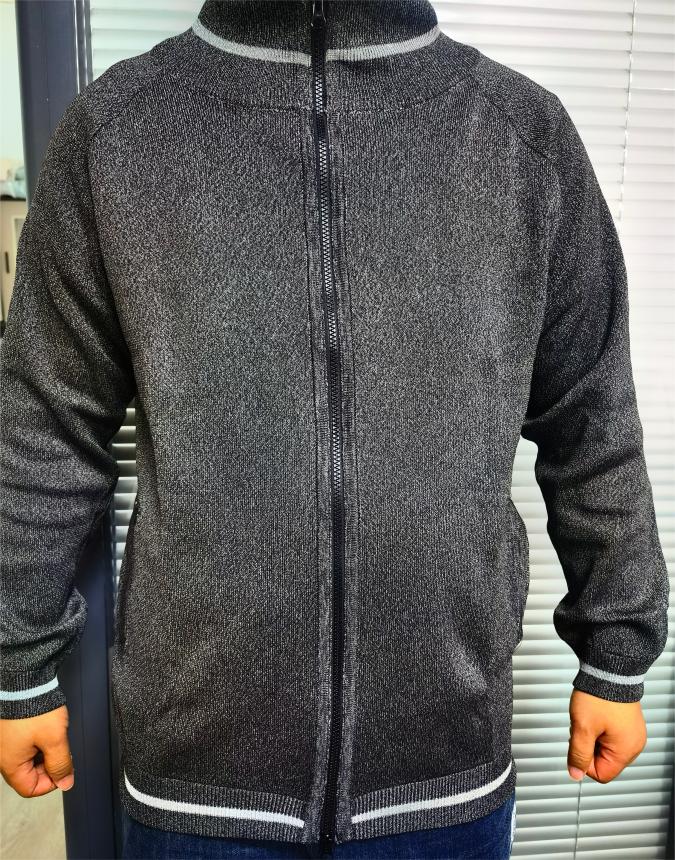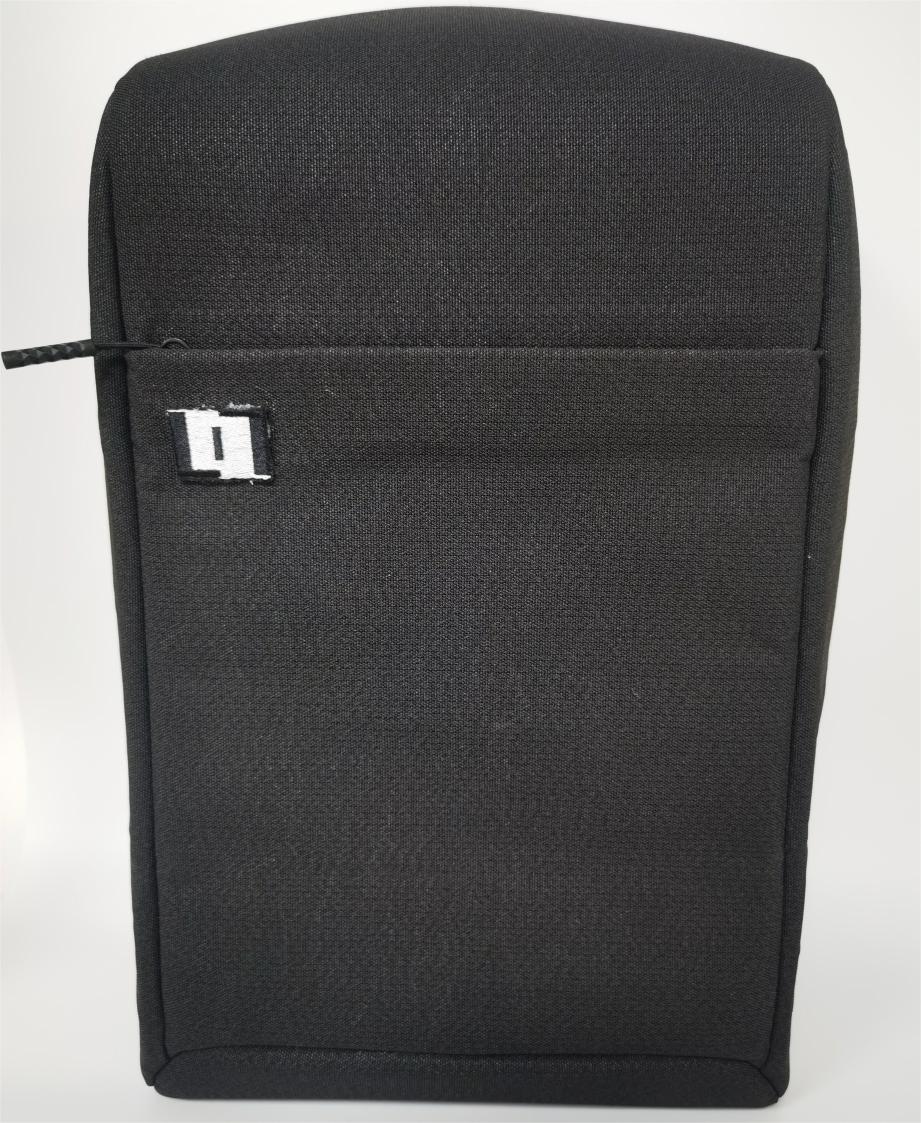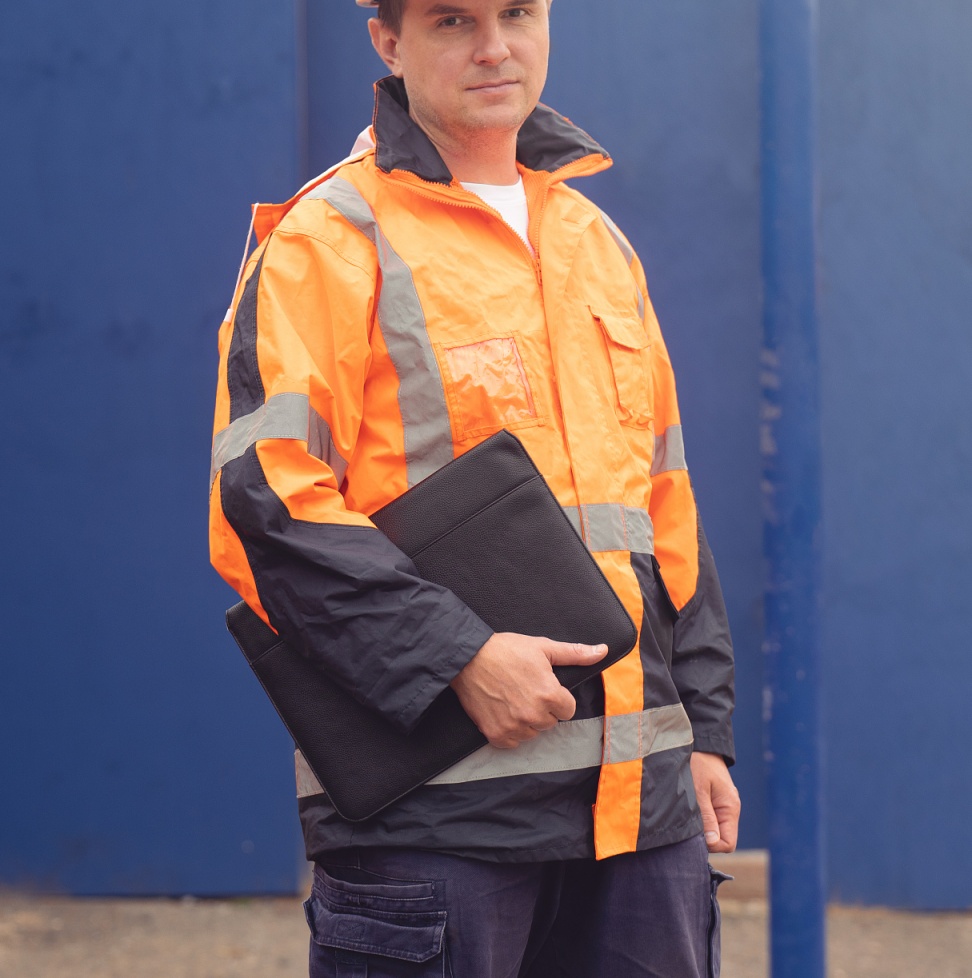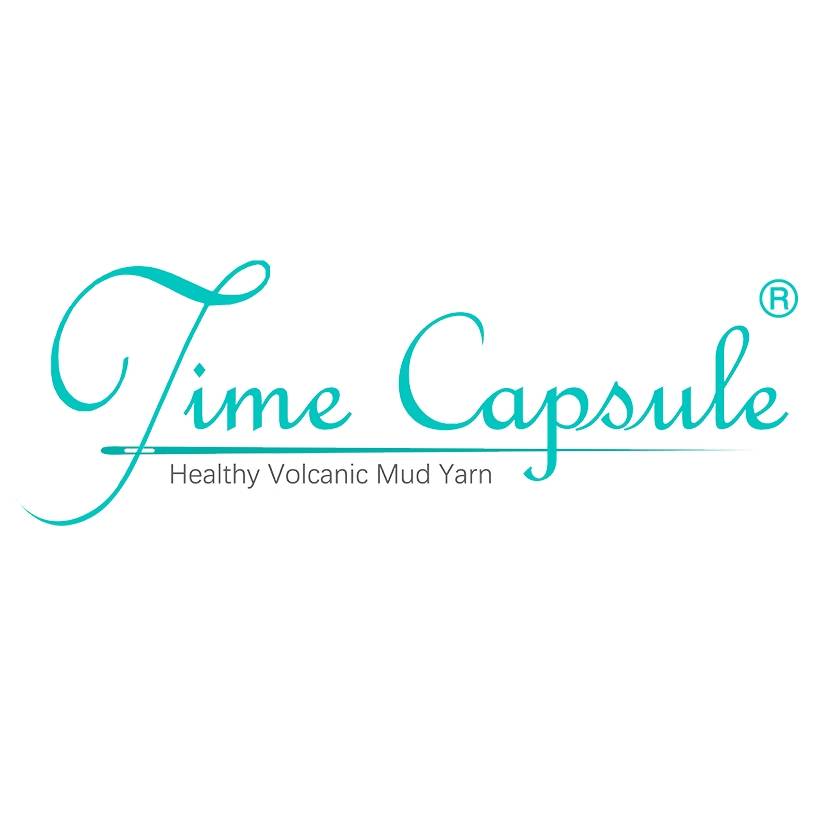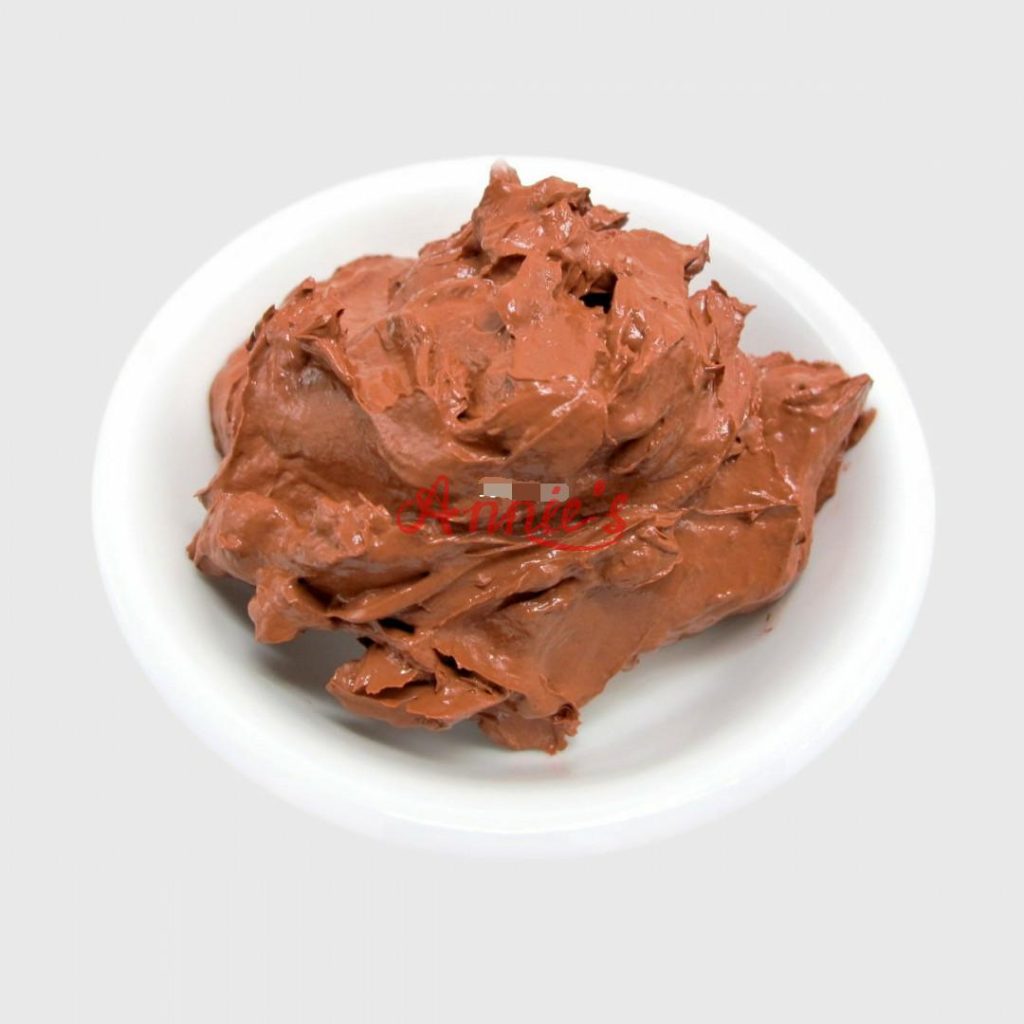The Bureau of Labor Statistics reports that every year during 2011–2020 there were more than 74,400 cases involving cuts, lacerations or punctures that caused days away from work by industry private [1].
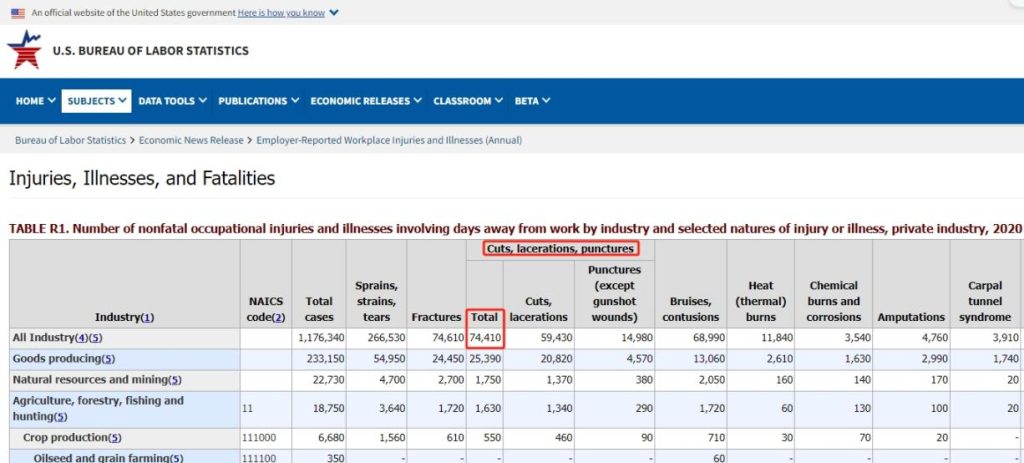
Over 70,000 hand injuries resulted in days away from work in 2022, with cuts and lacerations accounting for approximately 27% of these incidents. The financial impact is equally significant, with the National Safety Council reporting that a single hand injury can cost employers an average of $21,918 in direct costs.
So how can businesses effectively address these safety challenges while maintaining productivity? What makes cut-resistant yarns such a game-changing solution, and how can companies choose the right protection level for their specific needs? The answers lie in understanding the innovative technology behind these advanced materials and their practical applications across different industries.
What’s Cut-resistant Yarns
Cut-resistant yarns represent a remarkable achievement in materials science, combining advanced polymer technology with innovative manufacturing processes. At the forefront of this technology are Ultra-High Molecular Weight Polyethylene (UHMWPE) yarns, which offer exceptional strength while maintaining remarkable lightness.
UHMWPE Yarn Technology
Ultra-High Molecular Weight Polyethylene (UHMWPE) yarn has revolutionized the safety textile industry through its remarkable molecular structure. In rigorous laboratory testing at the Materials Research Institute, UHMWPE demonstrated exceptional tensile strength reaching 3.5 GPa, surpassing steel’s strength by a factor of 15 while maintaining only 1/8th of its weight. This extraordinary strength-to-weight ratio makes it ideal for protective applications where mobility is crucial.
During a comprehensive 12-month industrial wear study, UHMWPE-based protective materials retained 95% of their original protective properties after 200 washing cycles, showcasing outstanding durability. The yarn’s unique molecular composition also provides remarkable chemical resistance, successfully withstanding exposure to industrial solvents and maintaining structural integrity in pH ranges from 3 to 11, as documented by the Industrial Safety Research Center.
ADAMAS® Ultra-Strong Anti-Cutting Technology
The ADAMAS® Ultra-Strong technology represents a significant breakthrough in cut-resistant fiber engineering. In standardized testing under ANSI/ISEA 105-2016 protocols, this advanced yarn consistently achieves A8-A9 protection levels, withstanding cutting forces exceeding 4,500 grams. Recent field studies in metal fabrication facilities demonstrated that protective gear made with Adamas yarn reduced cut injuries by 92% compared to traditional materials.
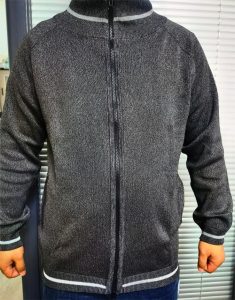
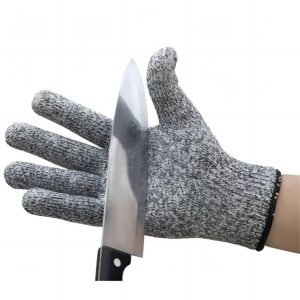
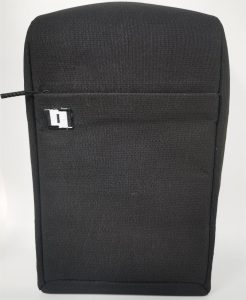
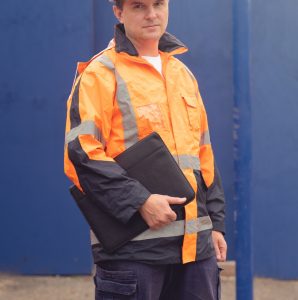
The development of modified UHMWPE fibers, such as ADAMAS®, has pushed the boundaries of protection even further. These advanced materials achieve the highest cut resistance levels in the ANSI/ISEA 105-2016 standard without compromising on comfort or flexibility. The innovation lies in their molecular structure, which provides superior strength without the need for additional materials like glass or steel fibers, traditionally used to enhance cut resistance.
These materials are evaluated according to strict industry standards, particularly the ANSI/ISEA 105-2016 standard, which provides a comprehensive framework for measuring cut resistance levels from A1 to A9. This standardization ensures reliable protection across different applications.
what’s the Cut Resistance Standards
The ANSI/ISEA 105-2016 standard provides a comprehensive framework for measuring cut resistance, using a scale from A1 to A9:
| Cut Level | Weight (Grams) | Hazard Level | Recommended Usage |
| A1 | ≥200 | Light | Food processing, light assembly |
| A2 | ≥500 | Light-Medium | Wire harness assembly, metal stamping |
| A3 | ≥1000 | Medium | Automotive manufacturing, construction |
| A4 | ≥1500 | Medium-Heavy | Glass manufacturing, metal fabrication |
| A5 | ≥2200 | Heavy | Cutting high-risk materials |
| A6 | ≥3000 | Very Heavy | Cutting extremely tough materials |
| A7 | ≥4000 | Extremely Heavy | Cutting extremely tough materials |
| A8 | ≥5000 | Severe | Cutting advanced composites, plastics |
| A9 | ≥6000 | Extreme | Extreme environments, cryogenic cutting |
How to choose the right yarn according to the cut resistance level
Different industries require varying levels of cut protection. Here’s a detailed breakdown of recommended applications:
| Cut Level | Weight to Cut (grams) | Typical Applications | Recommended Yarn Type |
|---|---|---|---|
| A1 (200-499g) | Light | Paper handling, Small parts assembly | Standard UHMWPE Yarn |
| A2-A3 (500-999g) | Medium | Woodworking, Light metal handling | Standard UHMWPE Yarn |
| A4-A5 (1000-2199g) | Medium-Heavy | Glass handling, Metal stamping | ADAMAS® Ultra-Strong Yarn |
| A6-A7 (2200-4499g) | Heavy | Sheet metal work, Automotive | ADAMAS® Ultra-Strong Yarn |
| A8-A9 (≥4500g) | Maximum | Heavy metal processing, Sharp edges | ADAMAS® Ultra-Strong Yarn |
ADAMAS® Ultra-Strong Yarn requires blending with other materials, such as steel fiber, to achieve A9 cut resistance level.
Manufacturing and Heavy Industry
Cut-resistant yarns have found their primary application in manufacturing environments where sharp tools and materials pose constant risks. In automotive manufacturing, workers handle sharp metal components and cutting tools throughout the assembly process. The integration of UHMWPE yarns into protective gear has significantly reduced hand injuries while allowing workers to maintain the dexterity needed for precise assembly work.
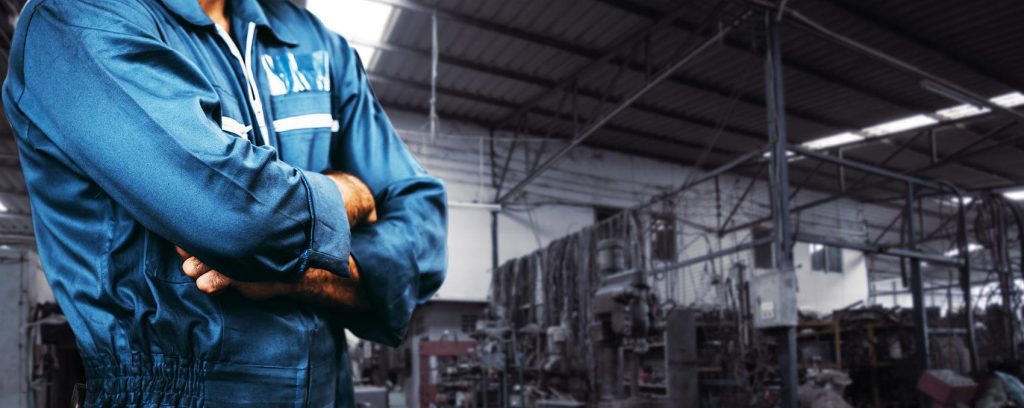
Construction and Infrastructure Development

The construction industry has embraced cut-resistant technology for its versatility and reliability. Workers dealing with glass installation, metal fabrication, and general construction benefit from protective gear made with these advanced yarns. The material’s ability to maintain its protective properties in various weather conditions makes it particularly valuable for outdoor construction projects.
Sports and Protective Equipment
Beyond industrial applications, cut-resistant yarns have made significant inroads into sports and recreational equipment. Motorcycle gear manufacturers have incorporated these cut-resistant materials into their protective clothing lines, offering riders enhanced safety without sacrificing mobility. The lightweight nature of UHMWPE-based materials makes them ideal for athletic wear where both protection and performance are essential.

Performance Characteristics and Selection
The effectiveness of cut-resistant yarns depends on several key performance characteristics. Modern UHMWPE yarns exhibit tensile strength that surpasses steel wire of equal diameter while maintaining a density lower than water. This remarkable strength-to-weight ratio makes them ideal for prolonged use in demanding environments.
When selecting cut-resistant materials for specific applications, environmental factors play a crucial role. These advanced yarns maintain their protective properties across a wide temperature range, from extreme cold (-80°C) to moderate heat. Their resistance to UV radiation and chemical exposure ensures long-term durability in various industrial settings.
Future Developments and Industry Trends
The cut-resistant yarn industry continues to evolve, with ongoing research focusing on enhancing both protection levels and user comfort. Recent developments in fiber modification techniques have led to materials that offer improved heat resistance while maintaining their cut-protective properties. These advancements are particularly relevant for industries where workers face multiple hazards simultaneously.
Reference:
[1]: Occupational Safety and Health Administration (OSHA) Workplace Safety Report 2023
[2]: Journal of Industrial Textiles: Advanced Protective Materials
[3]: ANSI/ISEA 105-2016 Standard Documentation

